Welcome to Zhishang Steel Co., Ltd.
TEL: (Gavin) +86-15665898999 | Email : info@zhishangsteel.com
Location:Home>>News>>Industry News » Round Steel
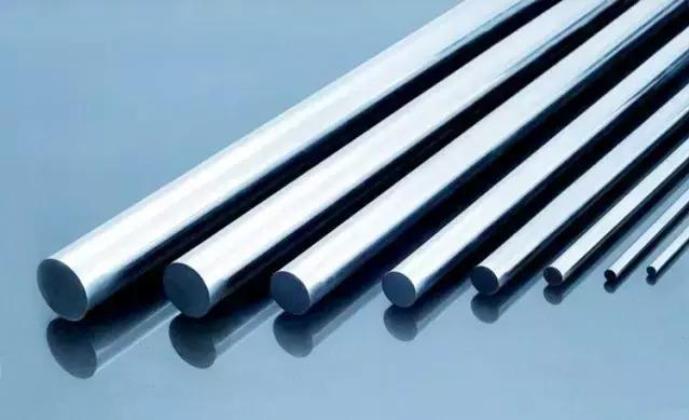
Round steel refers to solid long steel with a circular cross-section. The specifications are expressed in diameter in millimeters (mm). For example, “50mm” means round steel with a diameter of 50 mm.
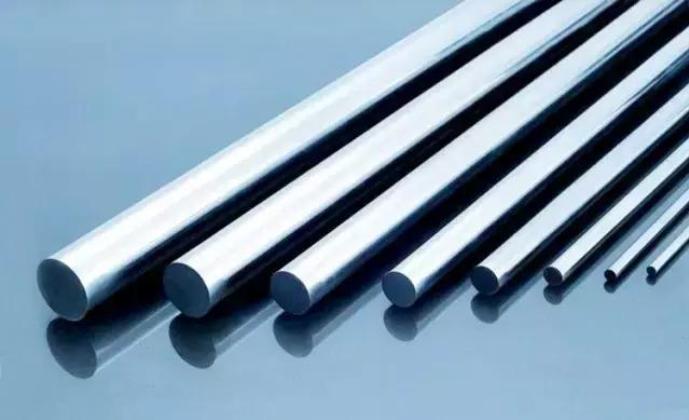
Round steel is divided into three types: hot rolled, forged, and cold drawn. The specification of hot-rolled round steel is 5.5-250 mm. Among them: 5.5-25mm small round steel is mostly supplied in straight strips, often used as steel bars, bolts, and various mechanical parts; round steel larger than 25mm is mainly used to manufacture mechanical parts and tube blanks for seamless steel pipes Wait.
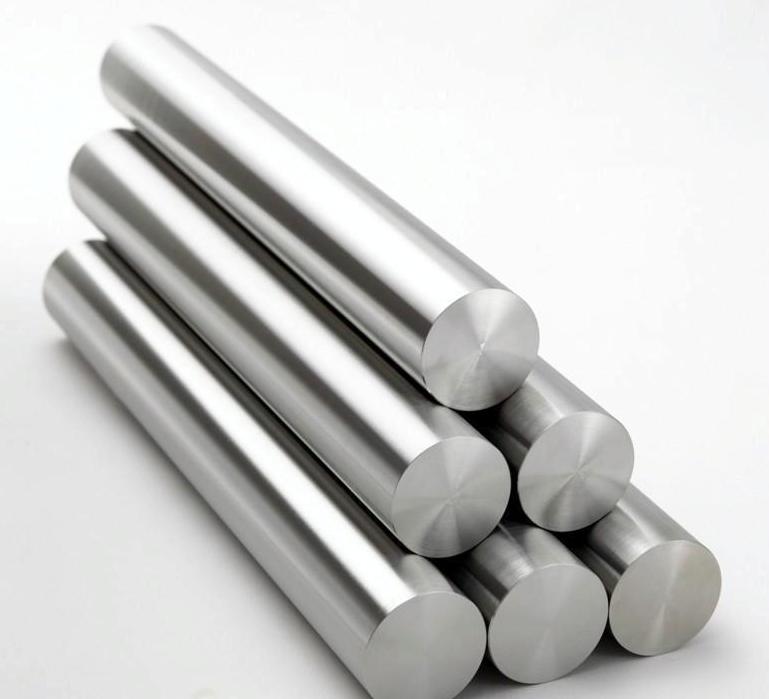
Carbon steel can be divided into low carbon steel, medium carbon steel, and high carbon steel according to its chemical composition (that is, carbon content).
(1) Mild steel
Also known as mild steel, mild steel with carbon content ranging from 0.10% to 0.30% is easy to accept various processing such as forging, welding, and cutting. It is often used to make chains, rivets, bolts, shafts, etc.
(2) Medium carbon steel
Carbon steel with a carbon content of 0.25% to 0.60%. There are a variety of products such as killed steel, semi-killed steel, and rimmed steel. In addition to carbon, it can also contain a small amount of manganese (0.70% to 1.20%). According to product quality, it is divided into ordinary carbon structural steel and high-quality carbon structural steel. Good thermal processing and cutting performance, but poor welding performance. Strength and hardness are higher than low carbon steel, while plasticity and toughness are lower than low carbon steel. Hot-rolled and cold-drawn materials can be used directly without heat treatment, or they can be used after heat treatment. The quenched and tempered medium carbon steel has good comprehensive mechanical properties. The highest hardness that can be achieved is about HRC55 (HB538), and σb is 600~1100MPa. Therefore, among the various uses of medium strength level, medium carbon steel is the most widely used. In addition to being used as a building material, it is also widely used in the manufacture of various mechanical parts.
(3) High carbon steel
Often called tool steel, the carbon content ranges from 0.60% to 1.70%, which can be hardened and tempered. Hammers, crowbars, etc. are made of steel with a carbon content of 0.75%; cutting tools such as drills, taps, and reamers are made of steel with a carbon content of 0.90% to 1.00%.
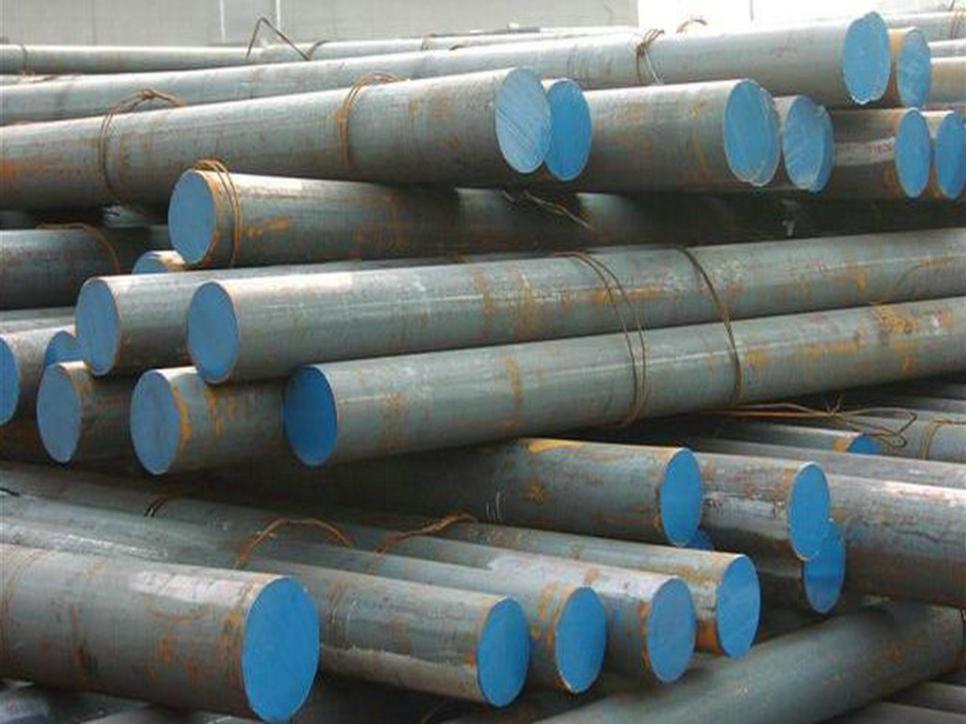
According to the quality of steel, it can be divided into ordinary carbon steel and high-quality carbon steel.
(1) Ordinary carbon structural steel, also known as ordinary carbon steel, has wider restrictions on carbon content, performance range, and phosphorus, sulfur, and other residual elements. In China and some countries, it is divided into three categories according to the guarantee conditions of delivery: Class A steel (Class A steel) is steel that guarantees mechanical properties. Class B steel (Class B steel) is steel with guaranteed chemical composition. Special steel (C steel) is steel that guarantees both mechanical properties and chemical composition and is often used to manufacture more important structural parts. The most produced and used in China is A3 steel (Class A No. 3 steel) with a carbon content of about 0.20%, which is mainly used for engineering structures.
Some carbon structural steels also add a small amount of aluminum or niobium (or other carbide forming elements) to form nitrides or carbide particles to limit the growth of grains, strengthen the steel, and save steel. In China and some countries, in order to meet the special requirements of professional steel, the chemical composition and performance of ordinary carbon structural steel have been adjusted, thus developing a series of professional steel of ordinary carbon structural steel (such as bridges, buildings, Steel bars, steel for pressure vessels, etc.).
(2)Compared with ordinary carbon structural steel, high-quality carbon structural steel has a lower content of sulfur, phosphorus, and other non-metallic inclusions.
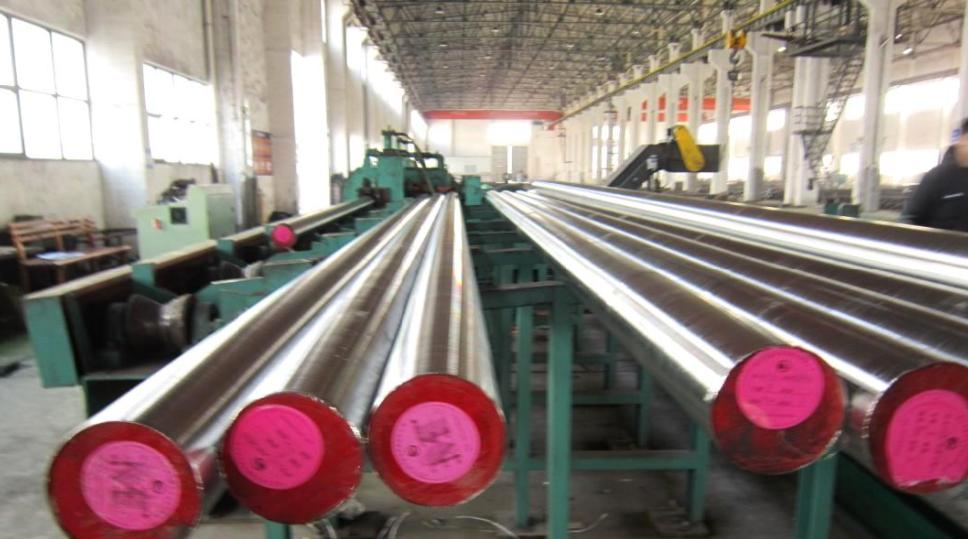
① Less than 0.25% C is low carbon steel, especially 08F, 08Al with carbon content less than 0.10%, etc., because of its good deep drawing and weldability, it is widely used as deep drawing parts such as automobiles and can making ……Wait. 20G is the main material for making ordinary boilers. In addition, low-carbon steel is also widely used as carburizing steel for machinery manufacturing.
②0.25~0.60%C is medium carbon steel, which is mostly used in the quenched and tempered states to make parts for the machinery manufacturing industry.
③High carbon steel greater than 0.6% C is used to make springs, gears, rolls, etc.
According to the different manganese content, it can be divided into two steel groups with ordinary manganese content (0.25-0.8%) and higher manganese content (0.7-1.0% and 0.9-1.2%). Manganese can improve the hardenability of steel, strengthen ferrite, and increase the yield strength, tensile strength, and wear resistance of steel. Usually, “Mn” is added after the grade of steel with high manganese content, such as 15Mn, 20Mn, to distinguish it from carbon steel with normal manganese content.
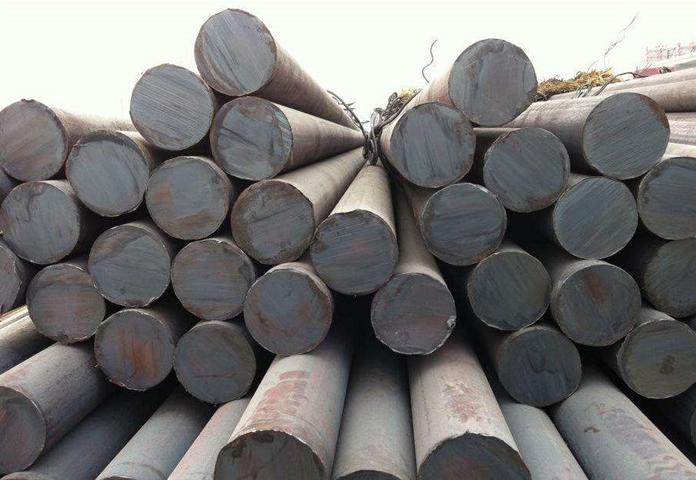
According to the purpose, it can be divided into carbon structural steel and carbon tool steel.
Carbon tool steel has a carbon content of between 0.65 and 1.35%. After heat treatment, high hardness and high wear resistance can be obtained. It is mainly used to manufacture various tools, cutting tools, molds and measuring tools (see tool steel).
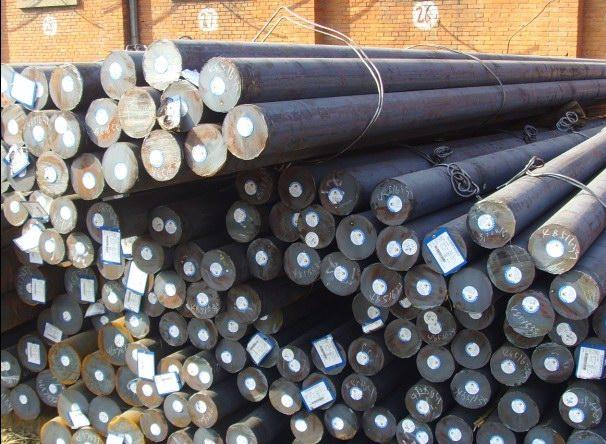
Q195, Q215, Q235, Q255, Q275
Each grade is divided into grades A, B, C, and D due to different quality. There are four at most, and some have only one. In addition, there are differences in deoxidation methods for steel smelting.
Symbol of deoxygenation method:
F-boiling steel
b——Semi-killed steel
Z-killed steel
TZ——Special Killed Steel
Round steel material: Q195, Q235, 10#, 20#, 35#, 45#, Q215, Q345, 12Cr1Mov, 15CrMo, 304, 316, 20Cr, 40Cr, 20CrMo, 35CrMo, 42CrMo, 40CrNiMo, GCr15, 65Mn, 50Mn , 50Cr, 3Cr2W8V, 20CrMnTi, 5CrMnMo, etc.
Standard: (GB699-1988, GB700-1988, GB3077-1988, GB702-1986, QJ/HG02.17-1991)
| Round steel specification table | |||
| Material | Specification | Material | Specification |
| 8#-10# | ∮16-290 | 65Mn | ∮40-300 |
| 15# | ∮14-150 | 45Mn2 | ∮18-75 |
| 20# | ∮8-480 | 60Si2Mn | ∮16-150 |
| 35# | ∮8-480 | 20CrMnTi | ∮10-480 |
| 45# | ∮6.5-480 | 20crmnTiB | ∮16-75 |
| Q235B | ∮6.5-180 | GCr15 | ∮16-400 |
| 40Cr | ∮8-480 | ML35 | ∮8-150 |
| 20Cr | ∮10-480 | T8-T13 | ∮8-480 |
| 42CrMo | ∮12-480 | Cr12 | ∮16-300 |
| 35CrMo | ∮12-480 | Cr12MoV | ∮16-300 |
| 20CrMo | ∮12-300 | 3Cr2W8V | ∮16-300 |
| 38CrMoAL | ∮20-300 | 45Cr50Cr | ∮20-300 |
| 5CrMnMo | ∮20-450 | 20CrMnMo | ∮20-300 |
| 16Mn(Q345B) | ∮14-365 | 40Mn2 | ∮28-60 |
| 50Mn | ∮40-200 | 35Cr | ∮55 |
| 15CrMo | ∮21∮24∮75 | 15Mn | ∮32∮170 |
| 25# | ∮16-280 | 40CrMnMo | ∮80-∮160 |
| YF45MnV | ∮28-80 | 20CrMnMo | ∮20-300 |
| 30# | ∮6.5-480 | 27 SiMn | ∮20-350 |
| 30Crmo | ∮28 | Crwmn | ∮20-300 |
| 30CrmnTi | ∮16-300 | H13(4Cr5MoSiVi) | ∮20-300 |
| 60# | ∮210.∮260 | 40crNimo | ∮20-400 |
The difference between round steel and other steel bars:
The appearance is different. The round steel has a smooth appearance, no grains and no ribs. Other steel bars have engraved or ribbed appearances on the surface. This results in a small bonding force between the round steel and concrete, while other steel bars and concrete Great adhesion.
The composition is different. Round steel (first-grade steel) belongs to ordinary low-carbon steel, and most other steel bars are alloy steel.
The strength is different. Round steel has low strength and other steels have high strength. Compared with other steel bars, round steel with the same diameter can withstand lower tensile force than other steel bars, but round steel has better plasticity than other steel bars. Strong, that is, the round steel has a larger deformation before being broken, and the deformation of other steel bars is much smaller before being broken.
The calculation formula for the theoretical weight of round steel: outer diameter X outer diameter X 0.00617=kg/m